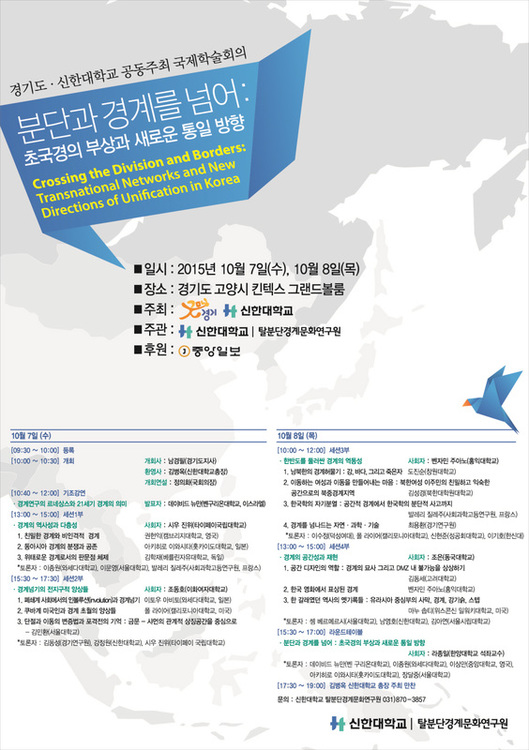The Representation of the borders in Korean cinema (1998-present)
Cinema is an ideal material for the analysis of heterological discourse in society. In South and North Korea, collective imaginary has been defined after 1945 by the Cold War and the division, shaping what has been called the “partition culture”. In this closed context, the figure of the Other has only been developed in a restrained manner, the ghost-like and obsessive presence of the neighbor/feuding brother almost limiting heterology to a sole variation on the figure of the alter as the opposing other of the self. But the Sunshine Policy era (1998-2008), which initiated a decade of dialogue between the two countries, accompanied with the Korean Wave phenomenon, also witnessed a tremendous change in these representations in South Korea. Slowly emerged in movies more complex regimes of otherness, which not only enriched the figure of the North Korean other, but also made room for other others to appear. In this heterological discourse developed by popular culture products such as films, the border is not only a material line separating two states. It is a specific symbolic device which articulates the South Korean collective psyche with the North, with the world and even with itself, following a series of defined tropes. This article wishes to assess these diversified symbolic functions given to the border and the frontier in contemporary South Korean imaginary. This study, for the sake of unity, will focus on twenty movies produced during and after the Sunshine Policy era.
|
This week, Wednesday 7th and Thursday 8th October, at the conference "Crossing the Division and Borders" organized by Shinhan University, at Kintex (Ilsan), I will moderate a session Thursday morning and present a paper the afternoon about the representation of the border in South Korean cinema. Les commentaires sont fermés.
|
Benjamin Joinau's
Texts - Articles - Books - Presentations - Lectures - etc. Catégories
Tous
|


 Flux RSS
Flux RSS
